-
 Bitcoin
Bitcoin $115100
1.27% -
 Ethereum
Ethereum $3675
2.71% -
 XRP
XRP $2.995
1.45% -
 Tether USDt
Tether USDt $1.000
0.02% -
 BNB
BNB $769.8
2.64% -
 Solana
Solana $168.0
3.25% -
 USDC
USDC $0.9999
-0.01% -
 TRON
TRON $0.3371
1.48% -
 Dogecoin
Dogecoin $0.2051
3.36% -
 Cardano
Cardano $0.7394
2.30% -
 Hyperliquid
Hyperliquid $38.15
0.42% -
 Stellar
Stellar $0.3966
-0.36% -
 Sui
Sui $3.486
2.93% -
 Chainlink
Chainlink $16.72
2.52% -
 Bitcoin Cash
Bitcoin Cash $568.0
4.36% -
 Hedera
Hedera $0.2440
2.59% -
 Ethena USDe
Ethena USDe $1.001
0.04% -
 Avalanche
Avalanche $22.16
2.06% -
 Litecoin
Litecoin $119.1
-0.73% -
 UNUS SED LEO
UNUS SED LEO $8.991
0.04% -
 Toncoin
Toncoin $3.232
-0.39% -
 Shiba Inu
Shiba Inu $0.00001233
2.82% -
 Uniswap
Uniswap $9.717
2.53% -
 Polkadot
Polkadot $3.664
1.85% -
 Dai
Dai $1.000
0.01% -
 Monero
Monero $281.2
-3.89% -
 Bitget Token
Bitget Token $4.350
1.55% -
 Cronos
Cronos $0.1428
5.07% -
 Pepe
Pepe $0.00001050
3.68% -
 Aave
Aave $262.3
3.54%
How to use cross-chain swap in Trust Wallet?
Trust Wallet enables cross-chain swaps via integrated DEX aggregators like Li.Fi and THORChain, allowing users to exchange assets across blockchains securely and seamlessly.
Aug 07, 2025 at 03:16 am
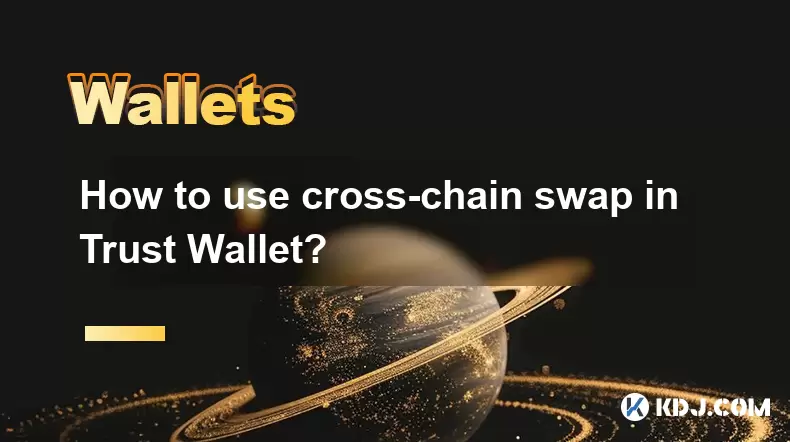
Understanding Cross-Chain Swaps in Trust Wallet
A cross-chain swap allows users to exchange assets across different blockchain networks without relying on centralized exchanges. In Trust Wallet, this functionality is powered by integrated decentralized exchange (DEX) aggregators and cross-chain bridge protocols. Unlike traditional swaps that occur within the same blockchain (e.g., swapping ERC-20 tokens on Ethereum), cross-chain swaps enable the transfer of value from one blockchain to another — for example, exchanging BNB on Binance Smart Chain for MATIC on Polygon.
Trust Wallet does not perform cross-chain swaps directly but integrates third-party services such as THORChain, Li.Fi, or Socket Tech through its DApp browser and swap interface. These services handle the routing, bridging, and execution of the swap. When initiating a cross-chain transaction, the wallet routes your request to the most efficient decentralized aggregator that supports the source and destination chains.
It’s important to understand that cross-chain swaps involve multiple steps: locking the original asset, minting or transferring the equivalent on the target chain, and paying fees on both chains. Trust Wallet simplifies this by providing a unified interface, but users must still confirm each action and approve transactions.
Setting Up Trust Wallet for Cross-Chain Transactions
Before using cross-chain swaps, ensure your Trust Wallet is updated to the latest version from the official app store. Older versions may not support the latest bridge integrations or security protocols.
- Install or update Trust Wallet from the App Store (iOS) or Google Play (Android)
- Create or restore your wallet using a secure recovery phrase
- Enable biometric authentication for added security
- Navigate to the "Swap" tab located on the home screen
- Tap the settings icon (gear) in the swap interface and ensure "Show Best Routes" and "Enable Cross-Chain Swaps" are toggled on
You must also have sufficient native tokens in your wallet to cover gas fees on the source chain. For example, if swapping from Ethereum, you’ll need ETH for gas; if swapping from BSC, you’ll need BNB. Without gas tokens, the initial approval or transaction will fail.
Initiating a Cross-Chain Swap: Step-by-Step Guide
To begin a cross-chain swap in Trust Wallet, follow these steps carefully:
- Open the Swap feature from the main screen
- Select the token you wish to exchange from the list (e.g., USDT on Ethereum)
- Choose the destination token and chain (e.g., USDC on Arbitrum)
- Trust Wallet will automatically detect that this is a cross-chain transaction and display available routing options
- Review the estimated output, slippage, and total fees, which may include bridge fees, DEX fees, and gas
- Tap "Swap" and confirm the transaction in the pop-up window
- Approve the token spend if prompted (this is a separate transaction requiring gas)
- Wait for the swap to be processed — this may take from 3 to 10 minutes depending on network congestion
During execution, Trust Wallet redirects the request to a backend aggregator like Li.Fi or XY Finance, which orchestrates the swap across chains. You’ll see a progress screen with links to track the transaction on block explorers for both the source and destination chains.
Security Considerations and Risks
Cross-chain swaps introduce additional risks compared to single-chain transactions. One major concern is smart contract risk — the bridges and aggregators used are third-party protocols, some of which may not be fully audited. Always verify that the service suggested by Trust Wallet is reputable.
Another risk is price slippage and failed transactions. Due to the complexity of bridging assets, swaps may fail mid-process, leaving your funds in a pending state. In such cases, funds are typically returned, but delays can occur. Set slippage tolerance to at least 1–3% in the swap settings to accommodate volatility.
Also, beware of phishing DApps. Only use the official swap interface inside Trust Wallet. Never enter your seed phrase on any website or DApp. Cross-chain swaps do not require seed phrase input — only wallet signature approvals.
Ensure you’re sending to a compatible wallet address on the destination chain. Sending assets to an incorrect format (e.g., an Ethereum address for a Solana token) may result in permanent loss.
Tracking and Confirming Cross-Chain Swap Completion
After initiating the swap, Trust Wallet provides a transaction status indicator. Tap on the swap notification to view real-time progress. You’ll see stages such as:
- Approving token spend
- Initiating cross-chain bridge
- Waiting for destination chain confirmation
- Tokens deposited to your wallet
Use the provided block explorer links to monitor each leg of the transaction. For example, you can check the Ethereum transaction on Etherscan and the Polygon receipt on Polygonscan.
Once the destination tokens arrive, they may not appear immediately in your wallet. If the token isn’t visible:
- Tap the "+" icon in the wallet tab
- Search for the token by symbol or contract address
- Manually add it to your wallet view
Ensure the contract address matches the official one from a trusted source like CoinGecko or the project’s website.
Frequently Asked Questions
Can I reverse a cross-chain swap if I send to the wrong chain?
No, cross-chain swaps are irreversible once confirmed. If you select the wrong destination chain and the transaction executes, recovery depends on the bridge protocol’s refund mechanism. Contact the bridge’s support team with your transaction hash. Always double-check the destination chain before confirming.
Why does my cross-chain swap show “stuck” for a long time?
Delays occur due to network congestion, low gas fees on the destination chain, or issues with the bridge provider. Check the transaction on the relevant block explorer. If the source transaction succeeded but the destination didn’t, the bridge may be processing it. Wait up to 24 hours before seeking support.
Do I need to pay gas on both the source and destination chains?
You only pay gas on the source chain during initiation. The destination chain gas is typically covered by the bridge or aggregator. However, if you need to claim tokens manually on the destination chain, you may need native tokens for that network.
Are all tokens supported in cross-chain swaps?
No. Only tokens supported by the integrated bridge providers (e.g., stables, major cryptocurrencies) are available. NFTs and obscure tokens are generally not supported. Check the swap interface for available pairs — unavailable tokens will be grayed out or absent from the list.
Disclaimer:info@kdj.com
The information provided is not trading advice. kdj.com does not assume any responsibility for any investments made based on the information provided in this article. Cryptocurrencies are highly volatile and it is highly recommended that you invest with caution after thorough research!
If you believe that the content used on this website infringes your copyright, please contact us immediately (info@kdj.com) and we will delete it promptly.
- BlockDAG, Litecoin, and Cardano: Charting the Course in Crypto's Dynamic Waters
- 2025-08-07 09:09:06
- Fireverse Token: Igniting a Musical Revolution in Web3
- 2025-08-07 08:27:45
- Ethereum, L2 Withdrawals, and Decentralization: A New Yorker's Take
- 2025-08-07 08:32:33
- Avalanche vs. Ruvi AI: Daily Sales Tell a Story of Crypto Disruption
- 2025-08-07 06:29:35
- DeSoc: The Crypto to Buy Now for a Decentralized Future (and Maybe 43x Gains!)
- 2025-08-07 06:50:16
- Arctic Pablo Coin: Riding the Meme Coin Wave with a Deflationary Twist
- 2025-08-07 07:18:13
Related knowledge
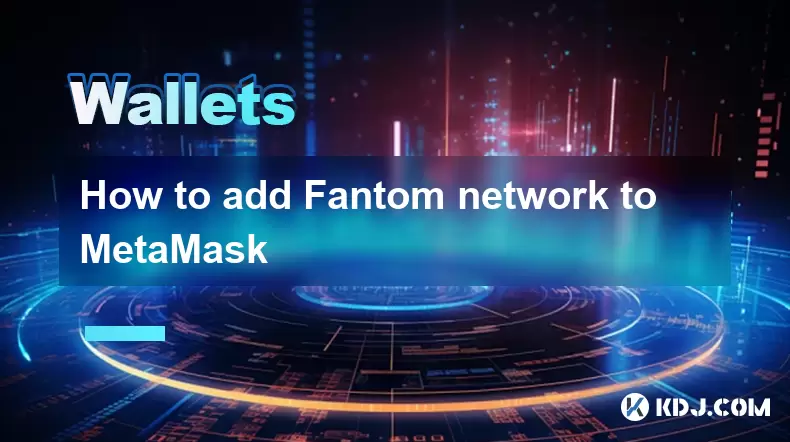
How to add Fantom network to MetaMask
Aug 07,2025 at 08:21am
Understanding the Fantom Network and MetaMask IntegrationThe Fantom network is a high-performance, scalable, and secure blockchain platform designed f...
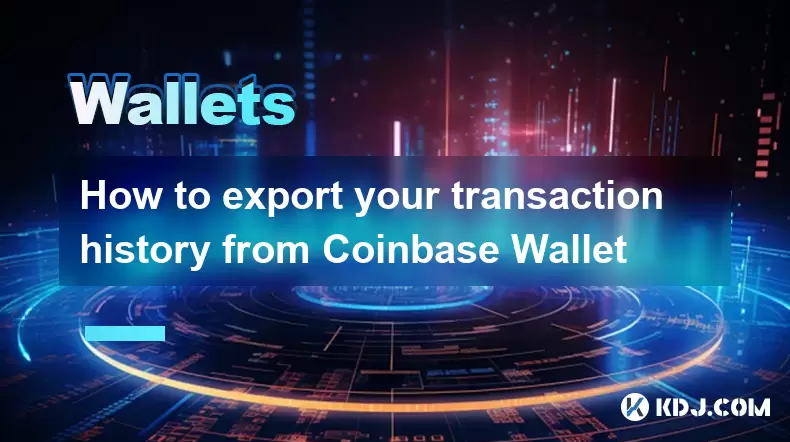
How to export your transaction history from Coinbase Wallet
Aug 07,2025 at 06:50am
Understanding Coinbase Wallet and Transaction HistoryCoinbase Wallet is a self-custodial cryptocurrency wallet that allows users to store, manage, and...
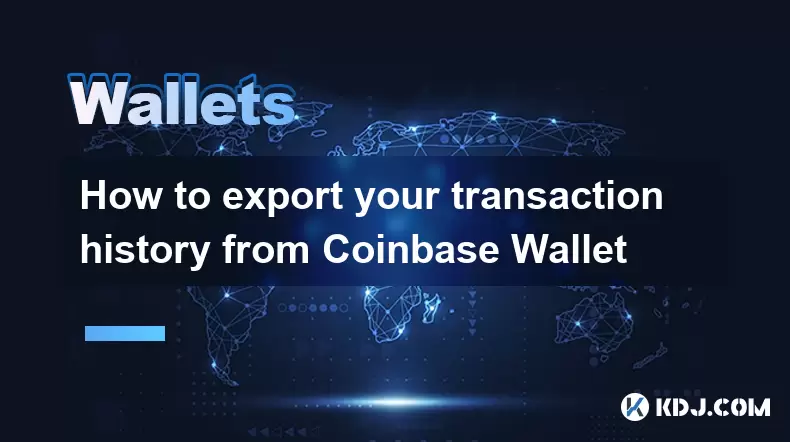
How to export your transaction history from Coinbase Wallet
Aug 07,2025 at 08:49am
Understanding Coinbase Wallet and Transaction HistoryCoinbase Wallet is a self-custodial cryptocurrency wallet that allows users to store, manage, and...

How to set up a new Ledger Nano S Plus
Aug 07,2025 at 06:01am
Unboxing and Initial InspectionWhen you receive your Ledger Nano S Plus, begin by carefully unboxing the package. Inside, you should find the Ledger N...
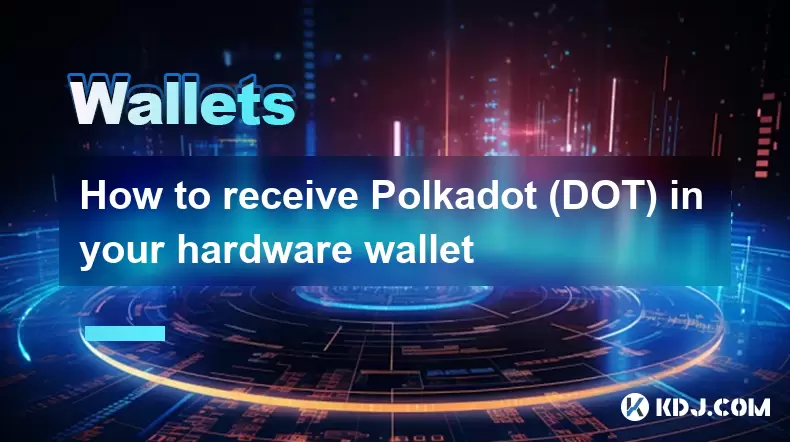
How to receive Polkadot (DOT) in your hardware wallet
Aug 07,2025 at 07:03am
Understanding Polkadot (DOT) and Hardware Wallet CompatibilityReceiving Polkadot (DOT) into a hardware wallet begins with understanding the ecosystem ...

How to receive NFTs in your Ledger Nano X
Aug 07,2025 at 02:45am
Understanding NFTs and Ledger Nano X CompatibilityNFTs (Non-Fungible Tokens) are unique digital assets stored on a blockchain, typically on networks l...

How to add Fantom network to MetaMask
Aug 07,2025 at 08:21am
Understanding the Fantom Network and MetaMask IntegrationThe Fantom network is a high-performance, scalable, and secure blockchain platform designed f...

How to export your transaction history from Coinbase Wallet
Aug 07,2025 at 06:50am
Understanding Coinbase Wallet and Transaction HistoryCoinbase Wallet is a self-custodial cryptocurrency wallet that allows users to store, manage, and...

How to export your transaction history from Coinbase Wallet
Aug 07,2025 at 08:49am
Understanding Coinbase Wallet and Transaction HistoryCoinbase Wallet is a self-custodial cryptocurrency wallet that allows users to store, manage, and...

How to set up a new Ledger Nano S Plus
Aug 07,2025 at 06:01am
Unboxing and Initial InspectionWhen you receive your Ledger Nano S Plus, begin by carefully unboxing the package. Inside, you should find the Ledger N...

How to receive Polkadot (DOT) in your hardware wallet
Aug 07,2025 at 07:03am
Understanding Polkadot (DOT) and Hardware Wallet CompatibilityReceiving Polkadot (DOT) into a hardware wallet begins with understanding the ecosystem ...

How to receive NFTs in your Ledger Nano X
Aug 07,2025 at 02:45am
Understanding NFTs and Ledger Nano X CompatibilityNFTs (Non-Fungible Tokens) are unique digital assets stored on a blockchain, typically on networks l...
See all articles

























































































